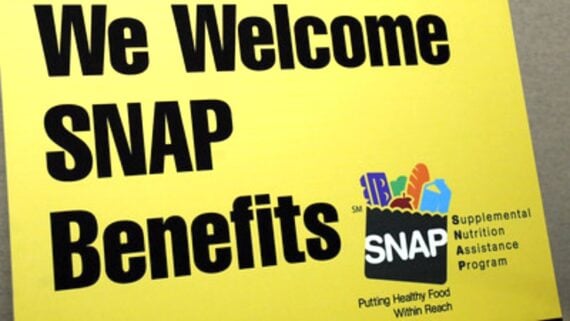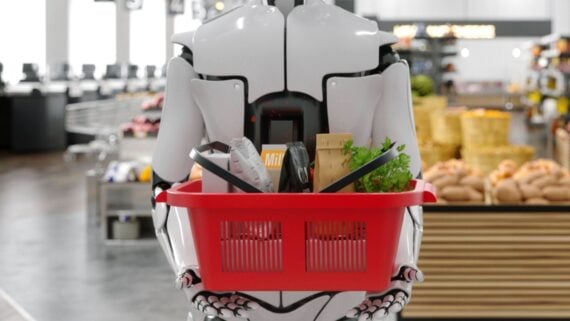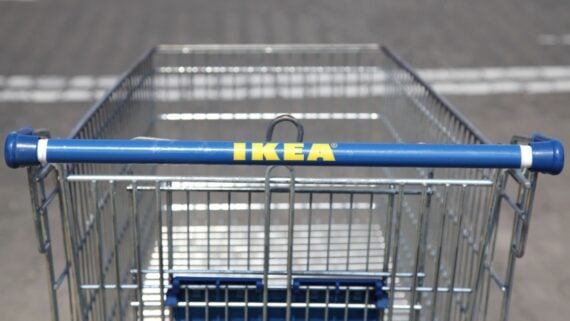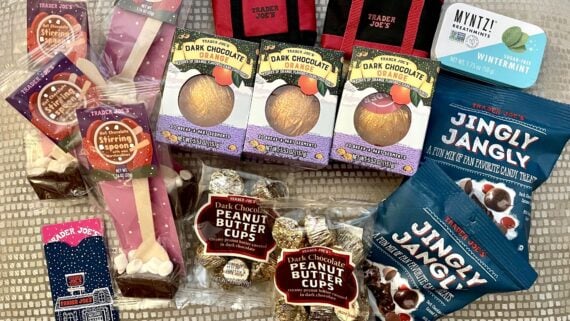As the federal government shutdown enters its 28th day, people who rely on the Supplemental Nutrition Assistance Program to feed their families are starting to worry about where they’ll get their next meals.
SNAP benefits, also known as food stamps, are relied upon by 1 in 8 Americans to put healthy food on the table, according to CBS News. The program is designed for low-income families and pays out benefits monthly via an EBT card to 42 million people. But as the shutdown drags on, the U.S. Department of Agriculture announced that it won’t pay out benefits after this month.
“The Well Has Run Dry”
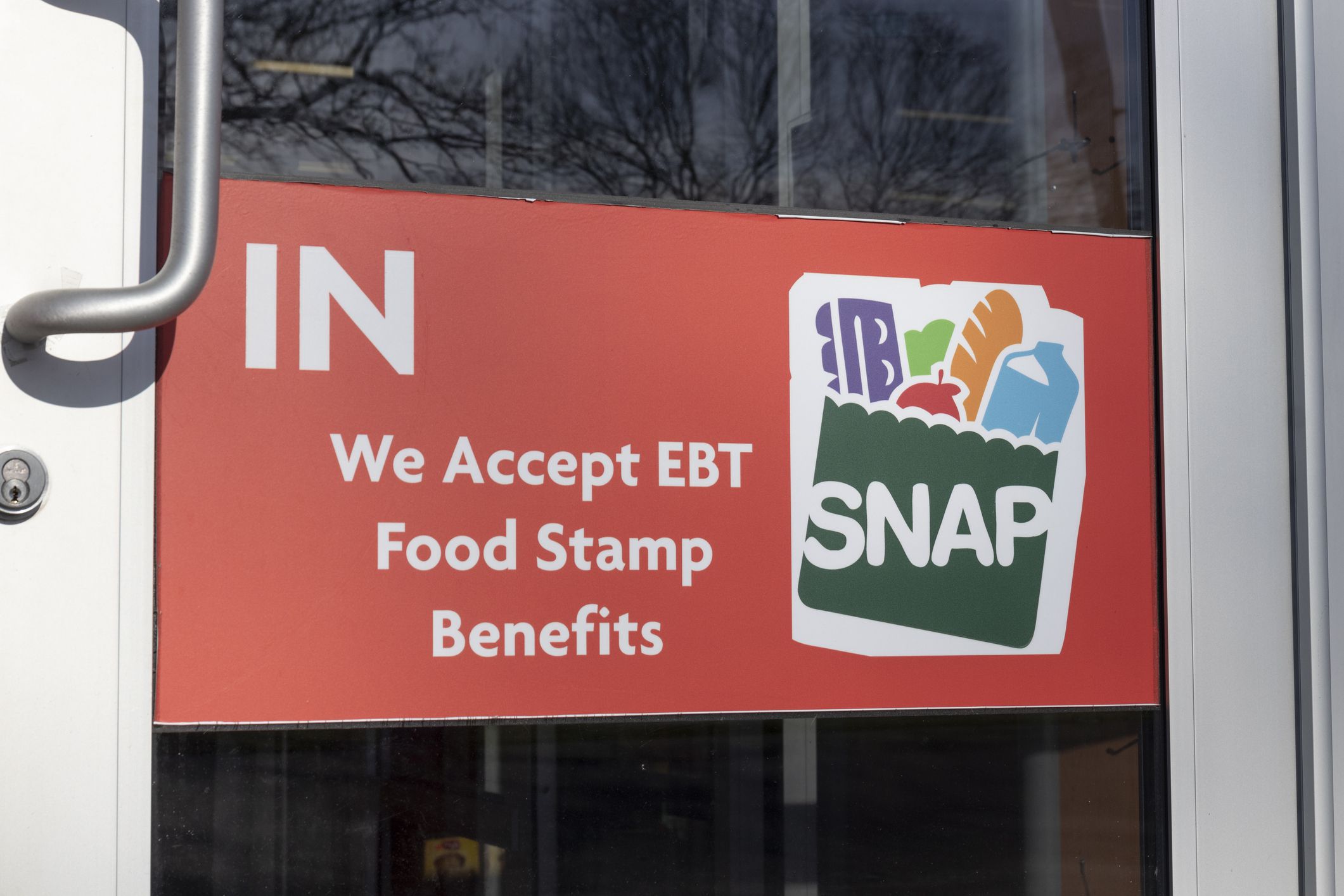
The alert about SNAP at the top of the USDA website reads, “Bottom line, the well has run dry. At this time, there will be no benefits issued November 01.” The government statement also blames Senate Democrats for voting not to fund the program, while — just like all partisan politics — Congressional Democrats blame the Republicans for refusing to negotiate about health insurance subsidies.
While they play the blame game for political purposes, it’s the low-income families, veterans, people with disabilities, and seniors on a fixed income who are the ones who will suffer when SNAP benefits don’t get paid out in November.
Other Food Assistance for SNAP Recipients
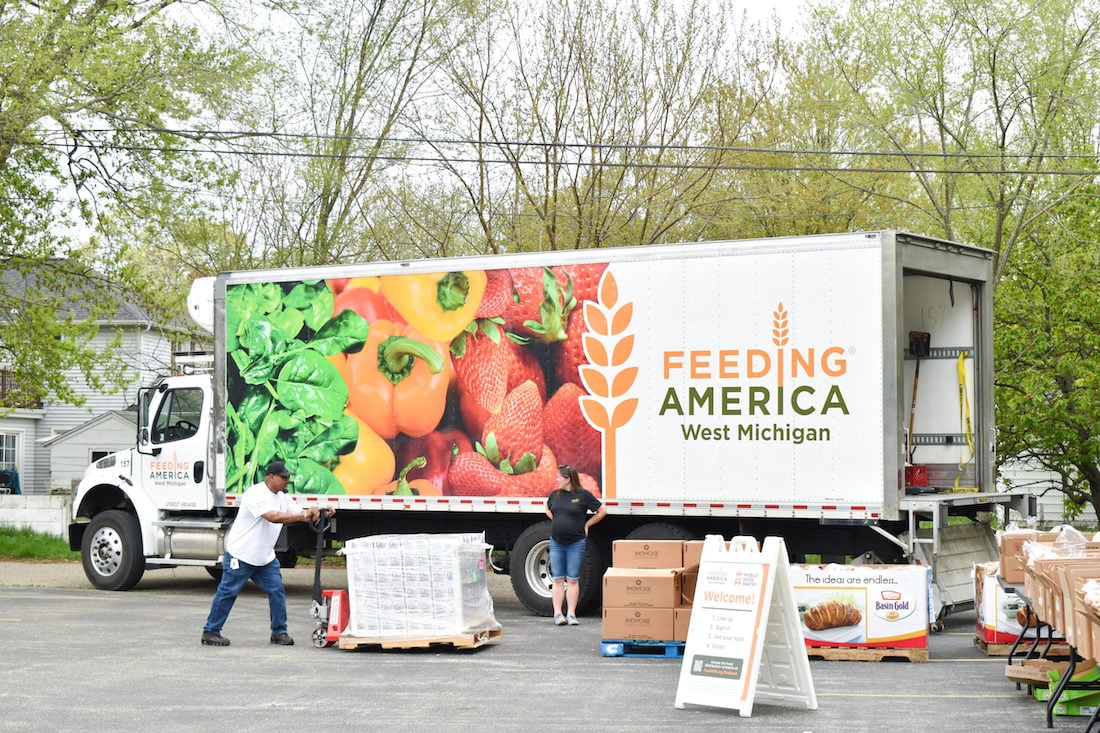
If you rely on SNAP benefits that won’t be coming November 1, there are other resources you can tap into to help feed your family. As the date gets closer with no government opening in sight, states and private groups are putting together more last-minute programs, so check local news sources for more information about solutions where you live.
- Feeding America
Feeding America is a huge nationwide nonprofit network of food pantries, food banks, and meal programs, and it’s a good bet that they’ll be extra busy connecting people with local resources come November 1. To find food pantries and other meal resources near you, enter your zip code on the organization’s food bank finder website.
- 211
If you call 211 on your phone, you’ll be connected to a local resource center that helps people access essential public services and information, including food banks and meal programs. It’s a service offered in all 50 states, D.C., and Puerto Rico. You can find more information on the FCC website or call 211 yourself.
- The Emergency Food Assistance Program
Part of the USDA, The Emergency Food Assistance Program (TEFAP) provides emergency food assistance at no cost to low-income households in all 50 states, District of Columbia, Puerto Rico, the U.S. Virgin Islands, and Guam. The program is administered at the state level, so use the TEFAP map to find the TEFAP manager in your state, and call or email them to determine your eligibility.
- Unused SNAP Benefits
While most people use their SNAP benefits every month, it’s important to note that monthly benefits do not expire for a whole year from the date they were issued. So if you haven’t used quite all of your benefits during some months, you may still have a balance on your EBT card.
- Churches, Food Pantries, Other Charitable Organizations
Local charities and organizations will likely step up their efforts to provide food and meals during this time — and even individuals in your neighborhood may set up free community fridges. Some of those resources are available on apps like FoodFinder, but others you may have to discover through word of mouth.
More News From Cheapism
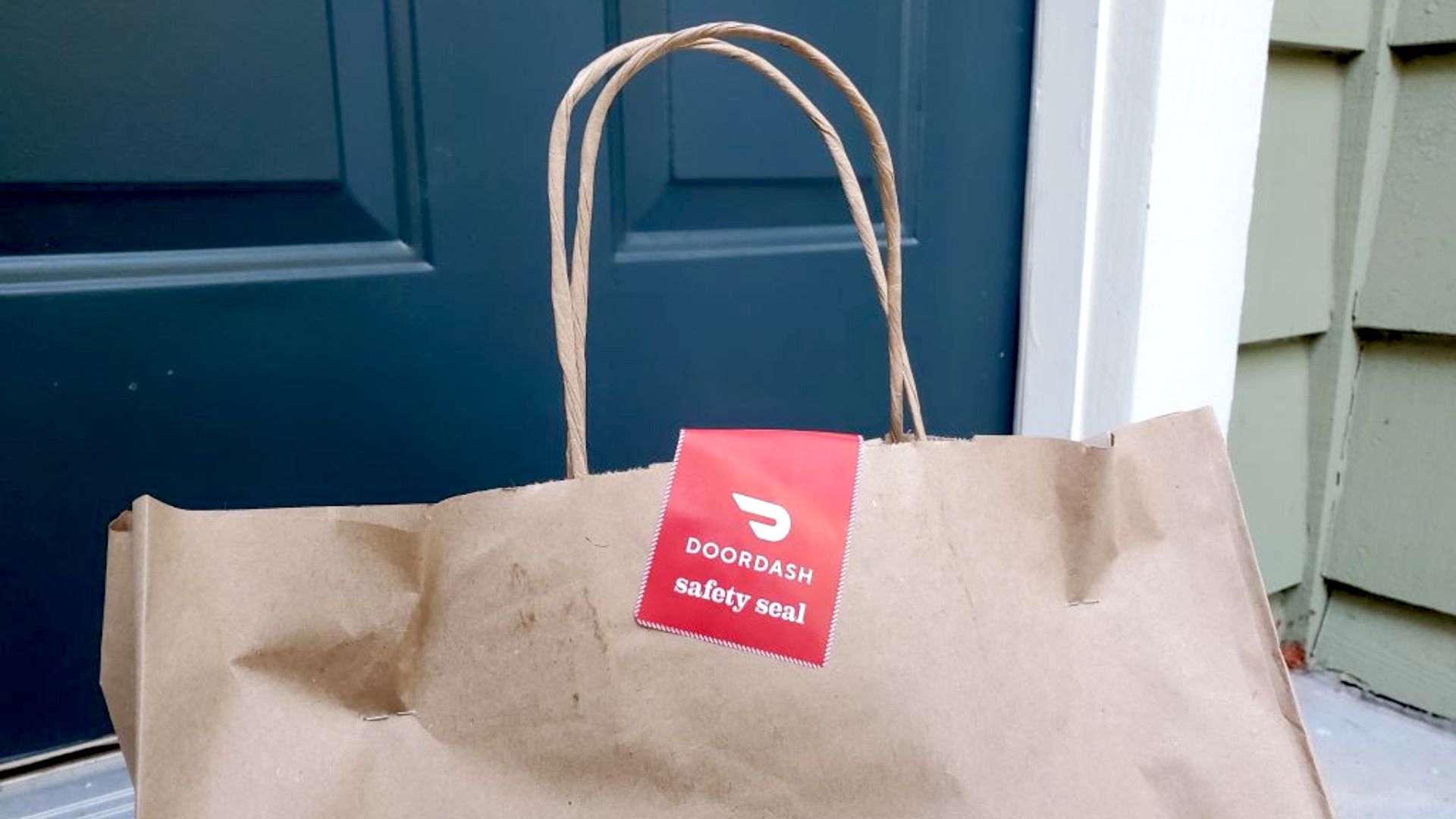
- DoorDash To Offer 1 Million Free Meal Deliveries Amid SNAP Benefits Freeze — The company will deliver one million meals through its Project DASH network at no cost to food banks, pantries, and community organizations across the country.
- What You Can and Can’t Buy With SNAP Benefits — SNAP benefits cover formula, vitamins, and other essentials, but there are also some unexpected items you can buy with an EBT card.
- The Cheapest Grocery Stores in America — As grocery costs continue to rise, shoppers are increasingly seeking inexpensive alternatives for their groceries. Here’s where to look.
